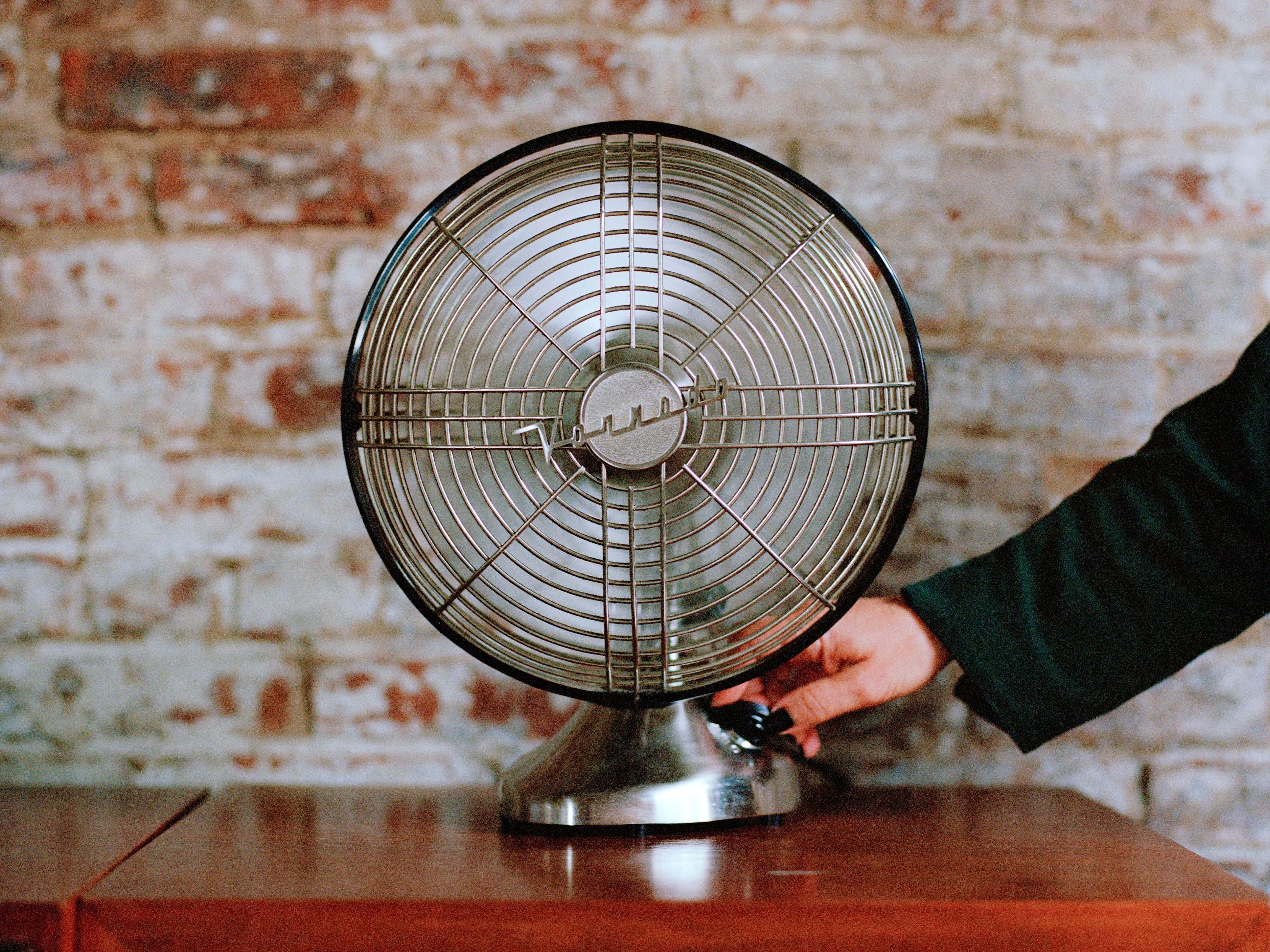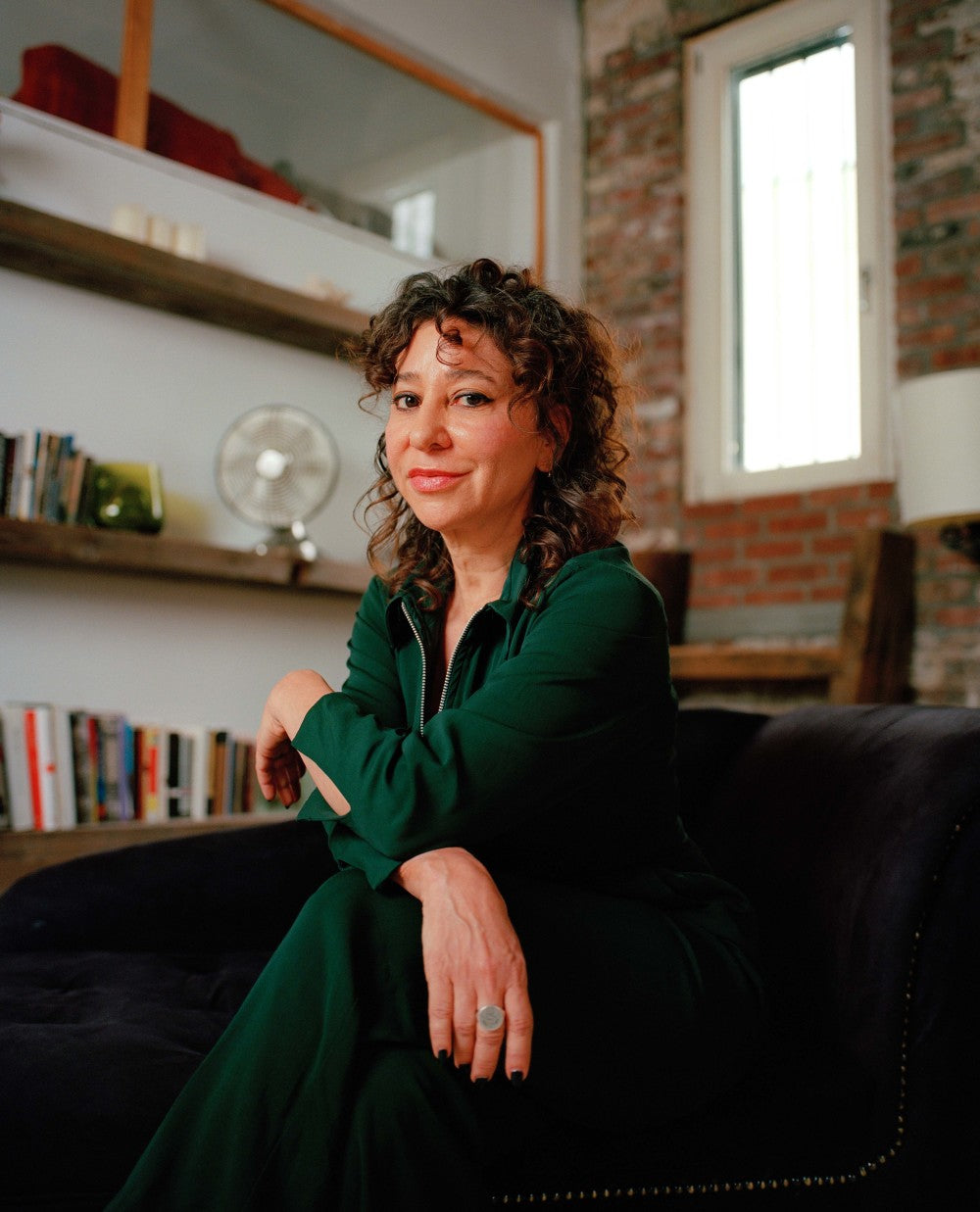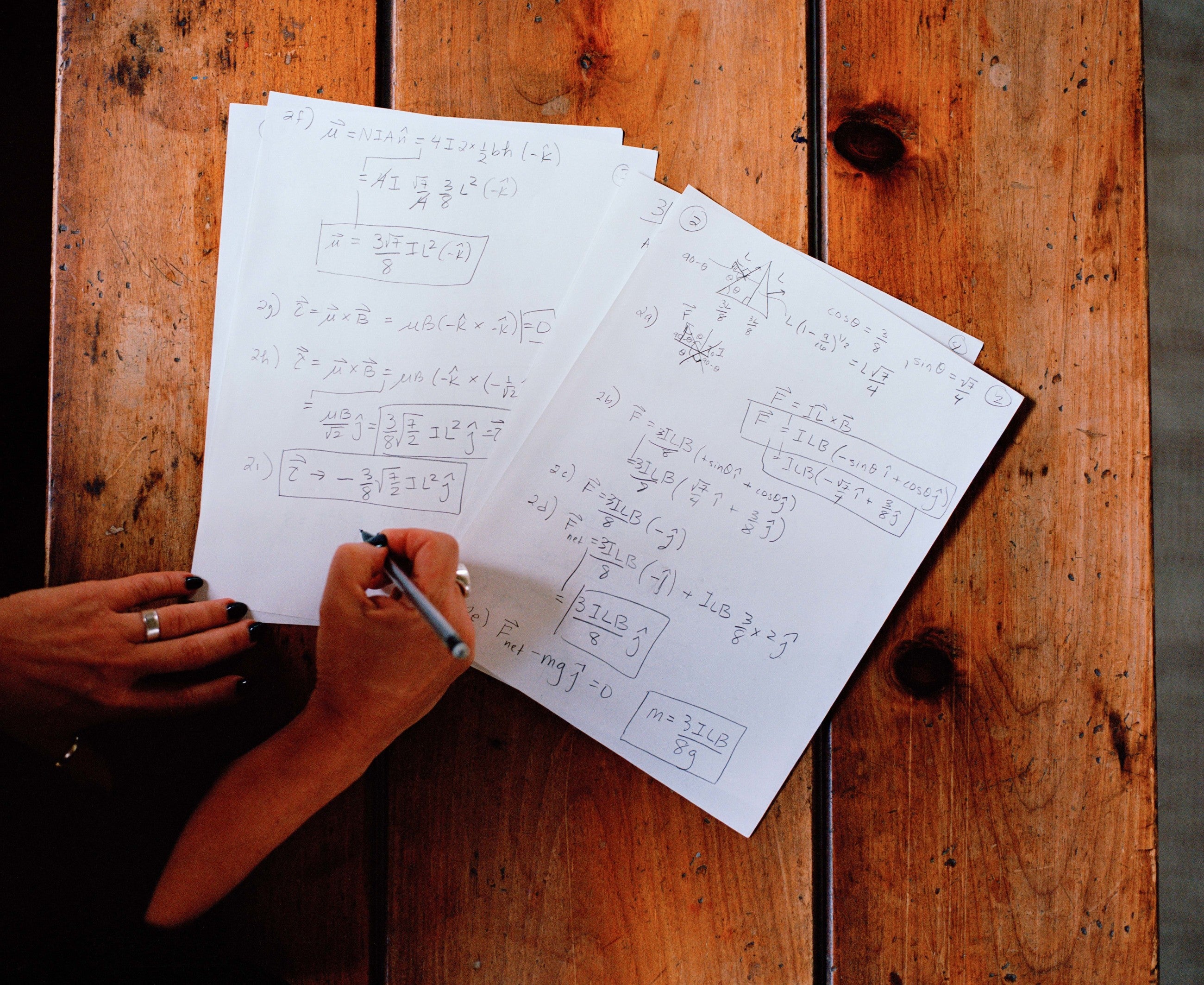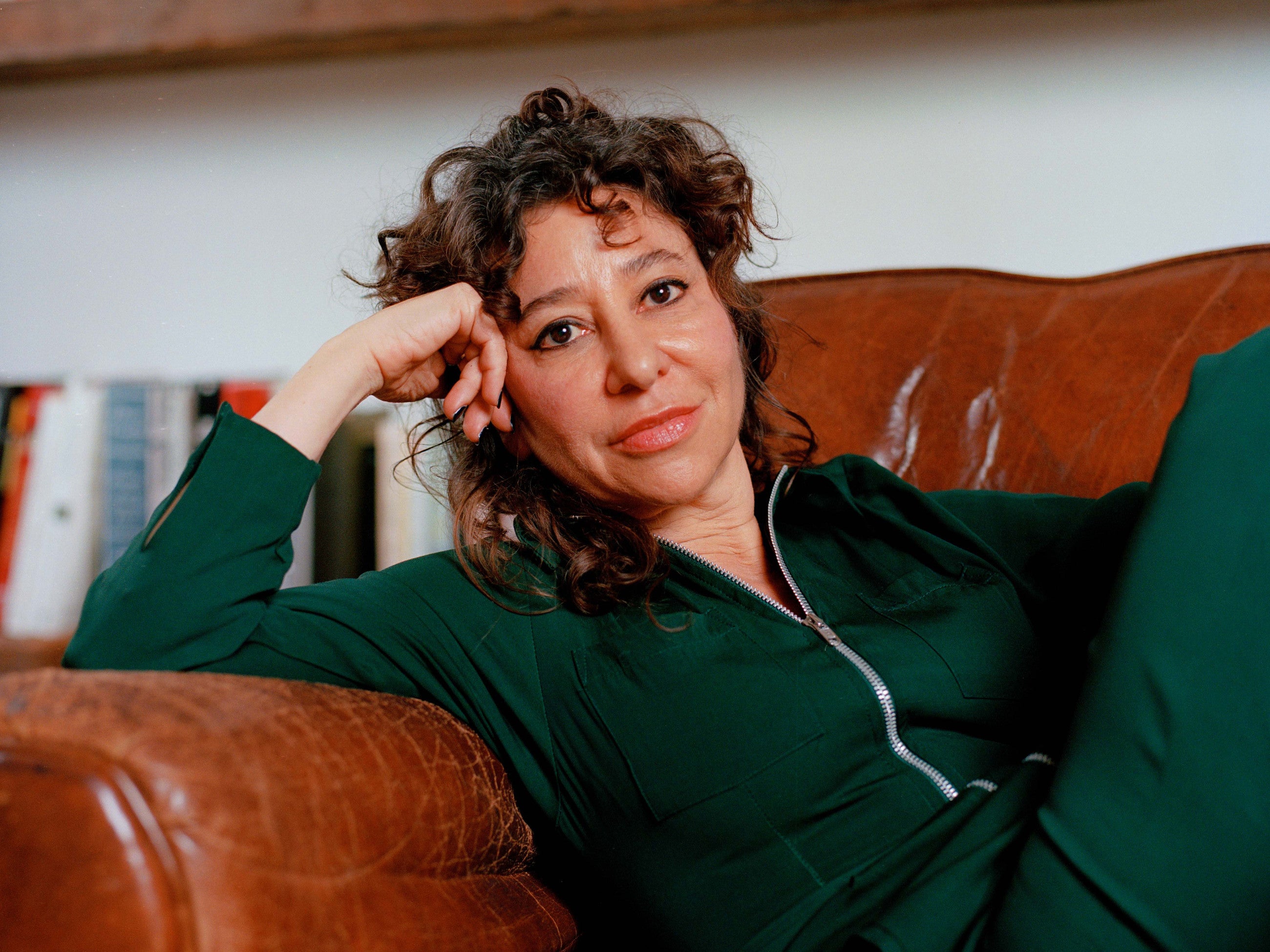
The astrophysicist on black holes, the end of the universe, and what she sees when she looks at the sky.
AS TOLD TO KATE DWYER
This Conversation is featured in Gossamer Volume Eight: the Space issue, which is on newsstands and available to order now.
As a scientist, I’m very interested in most things that are connected to spacetime.
I’ll work on black holes, or I’ll work on the Big Bang, or I’ll work on an idea that there might be extra-spatial dimensions in the universe. I might work on cosmological implications of something like string theory. These ideas seem like they’re all over the place. You could roughly put them under astrophysics or theoretical physics, but really, for whatever reason, I keep returning to the spacetime connection.
I teach at Columbia and Barnard, and I’m the Director of Sciences at Pioneer Works, an interdisciplinary cultural center in Red Hook, Brooklyn. Sometimes I feel like my work at Barnard is the most feminist thing I’ll ever do. I didn’t think about it when I started, but it’s weirdly subversive to teach young women hardcore, calculus-based, theoretical approaches to physics. Whereas a lot of times I complain about teaching, I have really appreciated it since the pandemic. I couldn’t wait to get back to the classroom.




What they recorded was two black holes colliding about 1.3 billion years ago ... Multicellular organisms were differentiating on the Earth when that happened.



